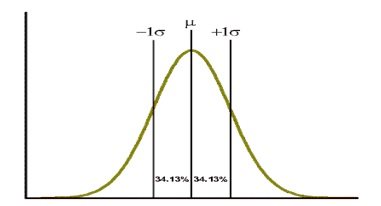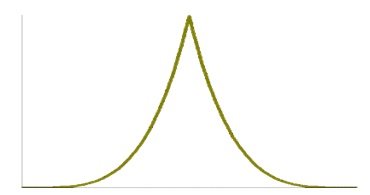- Business Concepts ›
- Statistics ›
- Platykurtosis
Platykurtosis
Definition & Meaning
This article covers meaning & overview of Platykurtosis from statistical perspective.
What is meant by Platykurtosis?
Platykurtosis is a statistical measure used to describe a situation in which the peak of the curve of frequency distribution is comparatively flatter than that of normal distribution. As its name signifies it consists of two terms ‘platy’ and ‘kurtosis’. ‘Platy’ means flat while ‘kurtosis’ is a term used in statistical language to measure the extent to which the curve of a frequency distribution is flat or pointier as compared to that of normal distribution. Normal distribution is curve or distribution that belongs to the family of ‘bell curves’.
Normal distribution can be shown as follows:

However, normal distribution has two ‘points of inflexion’ on either side of its mean. Points of inflexion are basically the points where the shape of a normal distribution curve changes from either concave to convex or convex to concave. Both the points of inflexion along with the mean are shown in the following figure:

As described, in Platykurtosis the peak of the frequency distribution curve is more flat than a normal distribution curve as show in figure below:

However, leptokurtosis is a term opposite to Platykurtosis. It describes a situation where the curve of the frequency distribution is more pointed as compared to that of a normal distribution as shown in figure below:

Hence, this concludes the definition of Platykurtosis along with its overview.
This article has been researched & authored by the Business Concepts Team which comprises of MBA students, management professionals, and industry experts. It has been reviewed & published by the MBA Skool Team. The content on MBA Skool has been created for educational & academic purpose only.
Browse the definition and meaning of more similar terms. The Management Dictionary covers over 1800 business concepts from 5 categories.
Continue Reading:
What is MBA Skool?About Us
MBA Skool is a Knowledge Resource for Management Students, Aspirants & Professionals.
Business Courses
Quizzes & Skills
Quizzes test your expertise in business and Skill tests evaluate your management traits
Related Content
All Business Sections
Write for Us